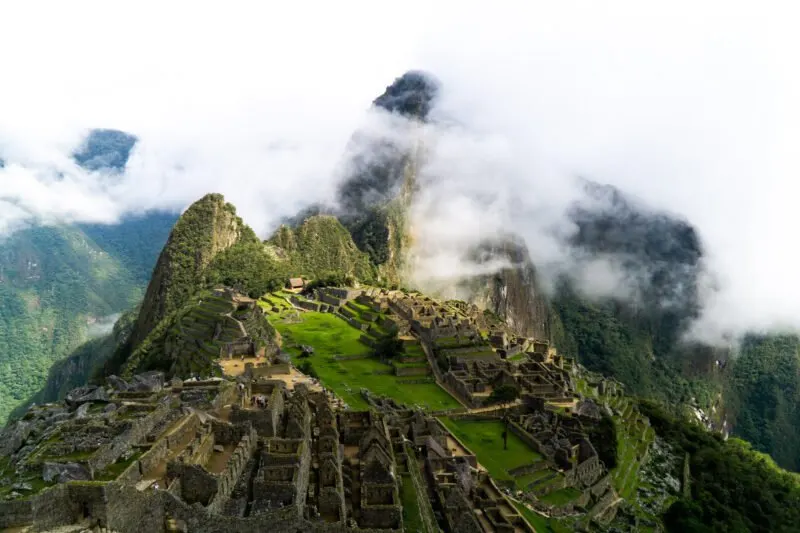Modern travel often feels like a race because the fact is, people land in a new city, pull out a checklist, and rush from one landmark to the next, convinced that the only way to make the trip worthwhile is to squeeze in everything. The trouble is, that pace doesn’t leave much space to actually enjoy the places you’ve gone to see, and when you slow down, even just a little, travel feels less like ticking boxes and more like experiencing a destination for what it really is. With that in mind, keep reading to find out more.

Not Just About Seeing More
There’s a temptation to think that more sights automatically mean a better trip, but often the opposite is true – racing from museum to monument to viewpoint means you spend most of your time in queues, on buses, or staring at your phone for directions. Slow travel isn’t about being lazy, it’s about leaving room for curiosity and allowing yourself to actually notice things, and that could mean watching a neighbourhood wake up in the morning, taking time to chat with a café owner, or sitting in a square to see how locals move through their day, for example. Those are the details that stick with you longer than another photo of a landmark.
Slowing down also creates space for mistakes, and sometimes those mistakes turn into highlights – missing a bus might mean discovering a small restaurant you’d never have planned to find, or wandering down a side street could reveal a view that isn’t in any guidebook, and so on.
History Can Come Alive
This slower approach makes a difference at historic sites too. When you give yourself time, you start to understand what you’re looking at instead of just snapping a picture and moving on, and in places with as much detail as Herculaneum, slowing down means you notice mosaics, inscriptions, and even the marks left by everyday life nearly two thousand years ago. Tools help as well – when you book Herculaneum audio guide services, for example, you don’t just walk past ruins, you hear the stories that bring them back to life. The slower pace allows those stories to sink in, and suddenly the site feels less like stone walls and more like a place where people actually lived.

Connection Is Better Than Consumption
When travel becomes a race, destinations turn into products to consume, but slowing down changes the relationship because you stop treating the city or site as something to get through quickly, and instead it becomes a place you connect with. Eating a meal without rushing, wandering side streets with no plan, or returning to the same spot at different times of day all help create a stronger memory, and what stays with you isn’t how many places you saw, but how deeply you felt each one.
And it’s worth remembering that travel isn’t just about what you take away – it’s also about how you act in the places you visit. Slowing down means you’re more respectful, more present, and less likely to treat communities as backdrops, and that kind of travel is better for everyone involved.
Final Thoughts
Slowing down when you travel doesn’t mean you’ll miss out – it often means you’ll gain more, even if you see fewer things on paper. You’ll notice details, you’ll remember moments, and you’ll come home with stories that are richer because you gave yourself the time to experience them.

